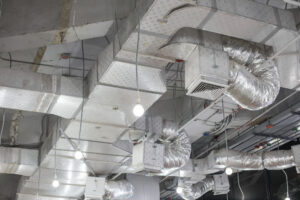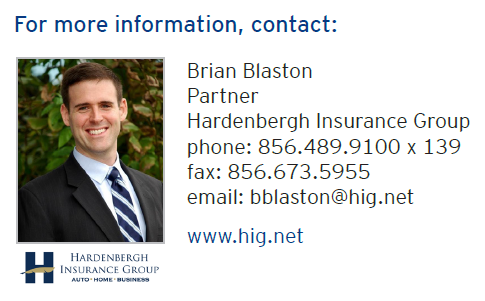 Recently, the Centers for Disease Control and Prevention (CDC) launched a webpage providing guidance on building ventilation to reduce COVID-19 exposure indoors.
Recently, the Centers for Disease Control and Prevention (CDC) launched a webpage providing guidance on building ventilation to reduce COVID-19 exposure indoors.
The CDC provides recommendations on what heating, ventilation and air conditioning (HVAC) strategies employers should use to lower the risk of exposure to COVID-19 throughout the workplace. One of the recommendations is to use several layers of safeguards to reduce exposure. This means that, in addition to following good ventilation practices, employers should enforce mask-wearing, social distancing and proper hand-washing.
Since SARS-COV-2—the virus that causes COVID-19—is spread more easily indoors due to a lack of airflow, it’s important for employers to use the best HVAC practices possible. The strategies that the CDC provides are meant for use in all indoor environments; however, each building is different, and finding ventilation strategies that work for an employer’s building can prove difficult. Put another way, different ventilation strategies will be necessary for different buildings.
Building Ventilation Improvements
Employers should work with their HVAC service technicians to determine whether they need to upgrade or improve their systems. Specifically, different strategies to improve or achieve proper ventilation may include:
• Using more outdoor air for ventilation
• Using fans to filter in outside air to help circulate indoor air
• Assessing and improving current filtration of ventilation systems
The CDC recommends that employers run their HVAC system at its maximum for outside airflow for two hours before and after the building is occupied with employees.
The CDC’s webpage provides employers with frequently asked questions concerning COVID-19 and ventilation systems. These questions touch on what types of filters to use, how COVID-19 is transmitted, why ventilation systems matter and whether or not ultraviolet energy works for disinfection.
What’s Next for Businesses?
Employers should review this guidance to determine whether they are using the proper indoor ventilation strategies to reduce COVID-19 exposures. By following the recommendations for ventilation detailed by the CDC, employers should be able to mitigate or control transmission risks. CBI is an optional extension of business interruption insurance that reimburses lost profits and extra expenses resulting from an interruption of business at the premises of a customer or supplier.



